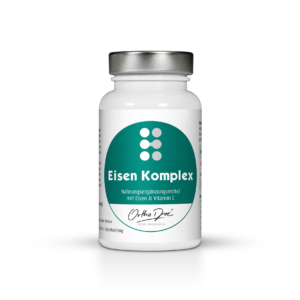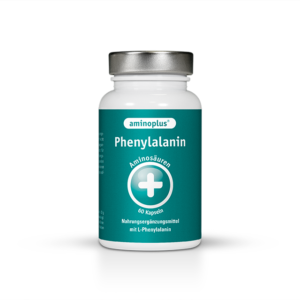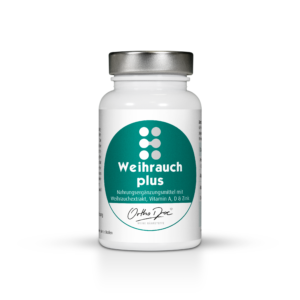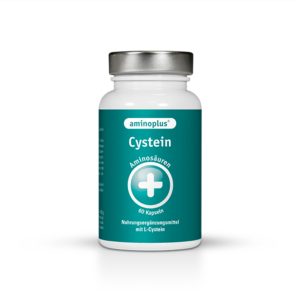NEWSLETTER
Migraine and menstruation
Iron deficiency is the culprit!
If women suffer from migraines at the end of their menstrual period, a disorder in iron metabolism could be responsible. Researchers have observed conspicuously low ferritin levels in these women.

Hormones innocent
Migraine due to iron deficiency?
If women repeatedly suffer from migraines during their period, this is often blamed on hormonal changes. However, it is worth taking a differentiated approach. A few years ago, scientists were able to observe that a large number of women are plagued by migraine attacks not at the beginning but at the end of their menstruation. A disorder in iron metabolism was found in these women, which may be the cause of the migraine attack.
To this end, scientists examined migraine patients with regular menstrual cycles more closely. Around one in three of them suffered from migraines that occur at the end of their period. In fact, 93.3% of them had a ferritin level below 50 ng/mL, half of them even below 18 ng/mL and thus below the established standard values. The migraine in this case therefore does not appear to be triggered by the drop in hormone levels, but by the blood loss and relative anemia. Further case-control studies also observed that significantly lower ferritin and hemoglobin levels are measured in women with migraine and that there is an association with iron deficiency anemia.
Studies will have to show whether sufferers benefit from iron supplementation. Ideally, however, iron supplementation could then represent an effective strategy for migraine prophylaxis.

Non-specific symptoms
Iron deficiency has many faces
Depending on the severity, doctors differentiate between storage iron deficiency (stage I), iron-deficient erythropoiesis (stage II) and iron deficiency anemia (stage III). In fact, iron deficiency-related symptoms are already possible with values that are within the norm. Low-normal iron stores below 50 ug/l can lead to concentration problems, sleep disorders, fatigue, dry skin, diffuse hair loss or a decrease in libido.
Possible symptoms of this iron deficiency syndrome are therefore non-specific. They improve with iron supplementation.

Organic iron particularly well tolerated
Therapy compliance stands and falls with tolerability
Patient compliance is crucial for the sufficient replenishment of iron stores. This can only be guaranteed by good tolerance, as it is usually taken over several months or even permanently in the case of increased blood loss.
The absorption of bivalent iron takes place in the duodenum and upper duodenum. Organically bound iron compounds in particular, such as iron glycinate, iron gluconate or iron fumarate, are characterized by excellent tolerability with comparatively high bioavailability of 28 to 90 percent. This means that even small doses are sufficient to gradually replenish iron stores. It should always be taken on an empty stomach. The combination with vitamin C increases the absorption rate.
In contrast to the bivalent heme iron in animal products (such as meat), plant iron is usually present in the trivalent form. It must be reduced to Fe2+ before absorption. In addition, secondary plant substances such as oxalic acid or phytates interfere with absorption by forming complexes, so that the bioavailability of non-haem iron from lentils, for example, is only around 5 %. In addition to menstruating women and athletes, vegetarians/vegans are therefore particularly at risk of not being able to cover their iron requirements through their diet.
Intravenous administration of iron avoids these problems and makes iron rapidly available for erythropoiesis. Since the occurrence of anaphylaxis is possible in individual cases, it is only infused slowly and the patient is usually monitored for at least 30 minutes. It also represents oxidative stress for the blood vessels, so a regular supply of antioxidants such as vitamin C, vitamin E and Selenium is recommended. Parenteral administration is usually reserved for treatment-refractory or severe forms of iron deficiency anemia or is considered if oral administration is not possible or not tolerated.
Good to knowThe normal values reported by the laboratory are based on a statistical survey and indicate the range that includes around 95% of Health people. However, iron deficiency-related symptoms are actually possible even at values that lie within this norm. Diffuse hair loss, for example, can occur at ferritin levels below 70 ng/ml.





